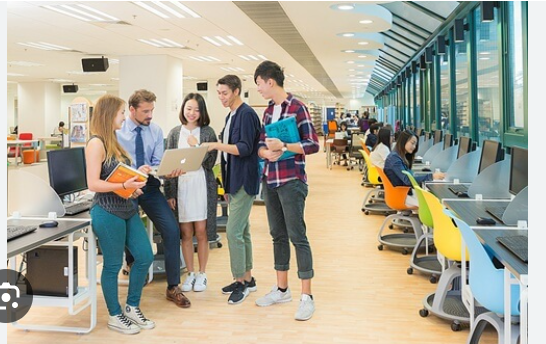Introduction To Creative Media In Learning
Education is no longer limited to traditional classrooms and textbooks. The rise of creative media has transformed the way students learn, interact, and explore new concepts. From digital storytelling to interactive platforms, creative media allows educators to present lessons in ways that are both engaging and practical. It blends technology, art, and innovation to create meaningful experiences for learners of all ages.
Evolution Of Creative Media In The Education Industry
Creative media has grown alongside rapid technological advancements. In the past, teaching relied heavily on lectures and printed materials. Today, multimedia presentations, online simulations, podcasts, and educational videos have become essential resources in schools, universities, and training centers. These tools not only make learning more enjoyable but also encourage students to think critically and participate actively in the educational process.
Enhancing Engagement With Creative Media
One of the biggest strengths of creative media in education is its ability to engage students. A classroom where lessons are presented with animations, digital graphics, or short films instantly captures the attention of learners. Visual and audio-based teaching materials make it easier to understand difficult concepts compared to plain text. Interactive media also encourages collaboration, allowing students to work on group projects and exchange ideas creatively.
Creative Media As A Bridge To Real-World Skills
The use of creative media in education is not just about entertainment; it is also about building real-world skills. Students working with video editing software, graphic design tools, or digital publishing platforms learn problem-solving, communication, and technical abilities that are highly valuable in today’s job market. By integrating media projects into curricula, schools prepare students for future careers in areas like marketing, journalism, design, and digital communication.
Role Of Educators In Integrating Creative Media
Educators play a crucial role in adopting creative media effectively. Teachers must be open to exploring new tools and methods that support interactive learning. For example, incorporating virtual reality experiences can make history lessons more immersive, while podcast creation projects can strengthen language skills. When educators embrace creative media, they enrich the learning environment and inspire students to discover new ways of expressing knowledge.
Digital Platforms And Accessibility Of Creative Media
The availability of digital platforms has made creative media more accessible than ever. Online learning management systems, video-sharing websites, and collaborative apps provide affordable ways to deliver educational content. Students from different parts of the world can access the same resources, bridging educational gaps. This accessibility is particularly important for remote learning, where creative media helps maintain interaction and motivation despite physical distance.
Creative Media And Personalized Learning Experiences
Another advantage of creative media is its ability to support personalized learning. Each student has a unique learning style, and media-based tools allow educators to adapt lessons accordingly. Visual learners benefit from graphics and videos, while auditory learners gain more from podcasts and recorded lectures. Interactive quizzes and simulations can track individual progress, helping educators identify areas where a student might need extra support.
Overcoming Challenges In Using Creative Media
While creative media offers many benefits, there are also challenges that need to be addressed. Limited resources, lack of teacher training, and unequal access to technology can prevent its full implementation. Some educators may find creative media it difficult to adapt traditional teaching methods to digital tools. To overcome these challenges, schools and institutions should invest in training programs, provide access to affordable devices, and encourage collaborative approaches to media-based education.
Creative Media As A Driver Of Innovation In Education
Innovation in education often begins with creative media. Whether it is designing interactive e-learning modules or experimenting with augmented reality, these tools encourage fresh approaches to teaching and learning. They allow educators to move beyond traditional lectures and inspire students to take an active role in their education. By fostering creativity, media-based education helps shape problem-solvers, innovators, and leaders of the future.
Conclusion: The Future Of Creative Media In Education
Creative media has become an essential part of modern education. It not only enhances engagement but also develops practical skills, supports personalized learning, and drives innovation in classrooms and beyond. As technology continues to evolve, the role of creative media in shaping future education will grow stronger. By embracing this shift, educators can create meaningful, dynamic, and inclusive learning environments that prepare students for success in the digital age.

